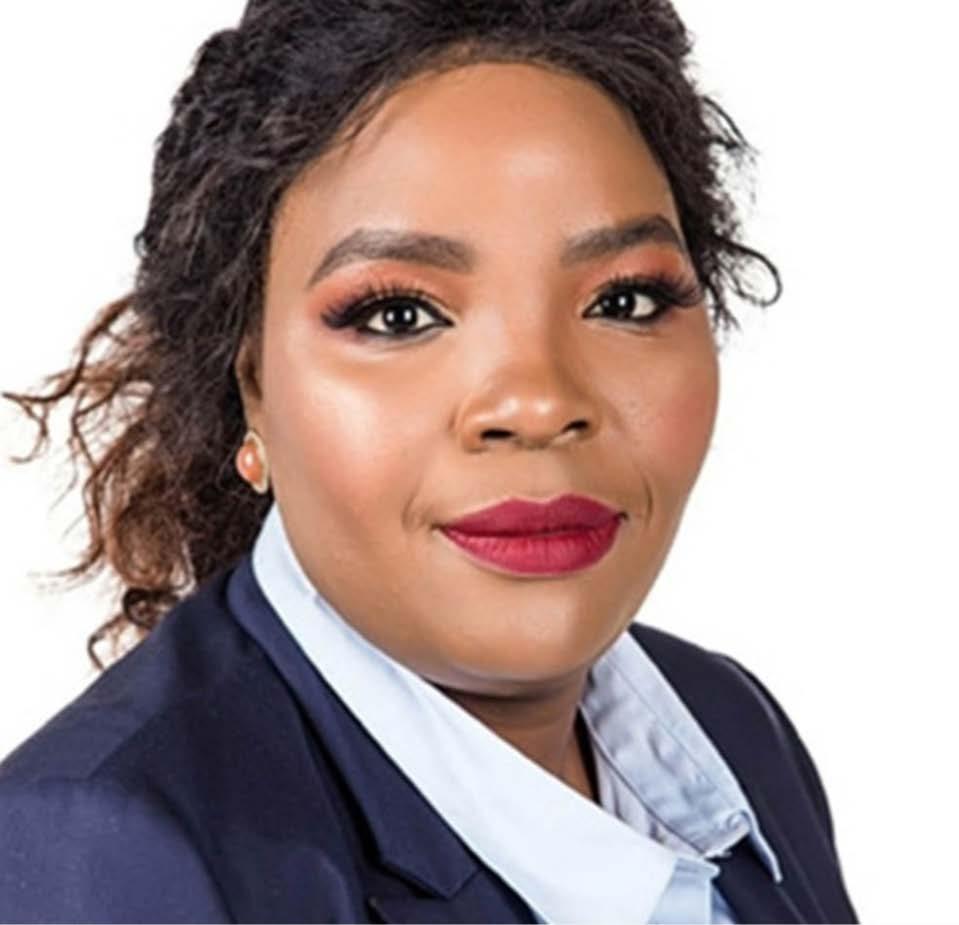
3 minute read
BLACK WOMAN RISING AND CHANGING THE BUILT ENVIRONMENT
UNIVERSITY of KwaZulu-Natal (UKZN) academic Professor Hangwelani
Hope Magidimisha-Chipungu has propelled herself to the top of her field and made history as the first black woman in South Africa to obtain full professorship in the discipline of town and regional planning.
With a passion for creating cities that are more inclusive, smart and resilient, Magidimisha-Chipungu is making great strides in her field. In her role as founder and chief editor of the Journal of Inclusive Cities and Built Environments, MagidimishaChipungu actively advocates for urban environments that cater to the diverse needs of their inhabitants.
“I share a vision with many to create positive urban transformation for the benefit of all people. I am an eternal optimist and believe that greatness can be achieved through hard work, dedication and an unwavering commitment to creating positive change in our cities and societies,” she said.
In a recent interview with Bonny Fourie from IOL, she added that to achieve inclusivity in our urban areas, the most affected groups, as identified through research, “should be at the centre of our planning system as there will be no meaningful inclusivity without them”.
Urban areas in South Africa are plagued by persistent spatial segregation, inhibiting efforts toward greater inclusiveness.
Challenges related to diversity insensitivity during urban planning further erode communal bonds, Magidimisha-Chipungu said.
“Rural towns and secondary cities are among the worst-affected urban areas, reflected by the exodus of people from these urban areas to bigger cities which are perceived to be doing better in terms of offering a better quality of life to many citizens.”
In South Africa’s urban areas certain design elements discourage inclusivity. These, she says, include:
✦ Historical spatial segregation
✦ Inadequate public transportation
✦ Lack of universal design for people living with disabilities
✦ Unequal access to services
✦ A shortage of affordable housing
✦ Cultural insensitivity
✦ Insufficient public spaces
✦ The digital divide.
The elements are common from big cities to small rural towns across the country.
Addressing the issues requires comprehensive urban planning, policy changes and community involvement in order to promote accessibility, affordability and diversity for all residents.
“To promote inclusivity, cities can focus on integrated housing, improved public transportation, mixed-income neighbourhoods, universal design, upgrading informal settlements, protecting affordable housing, involving communities in planning, and bridging the digital divide.
“Collaborative efforts involving governments, planners and communities are crucial for making urban areas more inclusive and accessible,” Magidimisha-Chipungu said.
Cities often reflect the societal norms and values of their time and historically, many urban areas were designed with a focus on the needs and preferences of men. Added to this, South African city designs have often neglected black people’s rights and needs.
“Women, and black women in particular, are among the worst affected in this regard, however there’s a growing awareness to design gender-inclusive urban area “Achieving gender-inclusive cities involves addressing safety, representation in planning and breaking gender stereotypes in design.”





